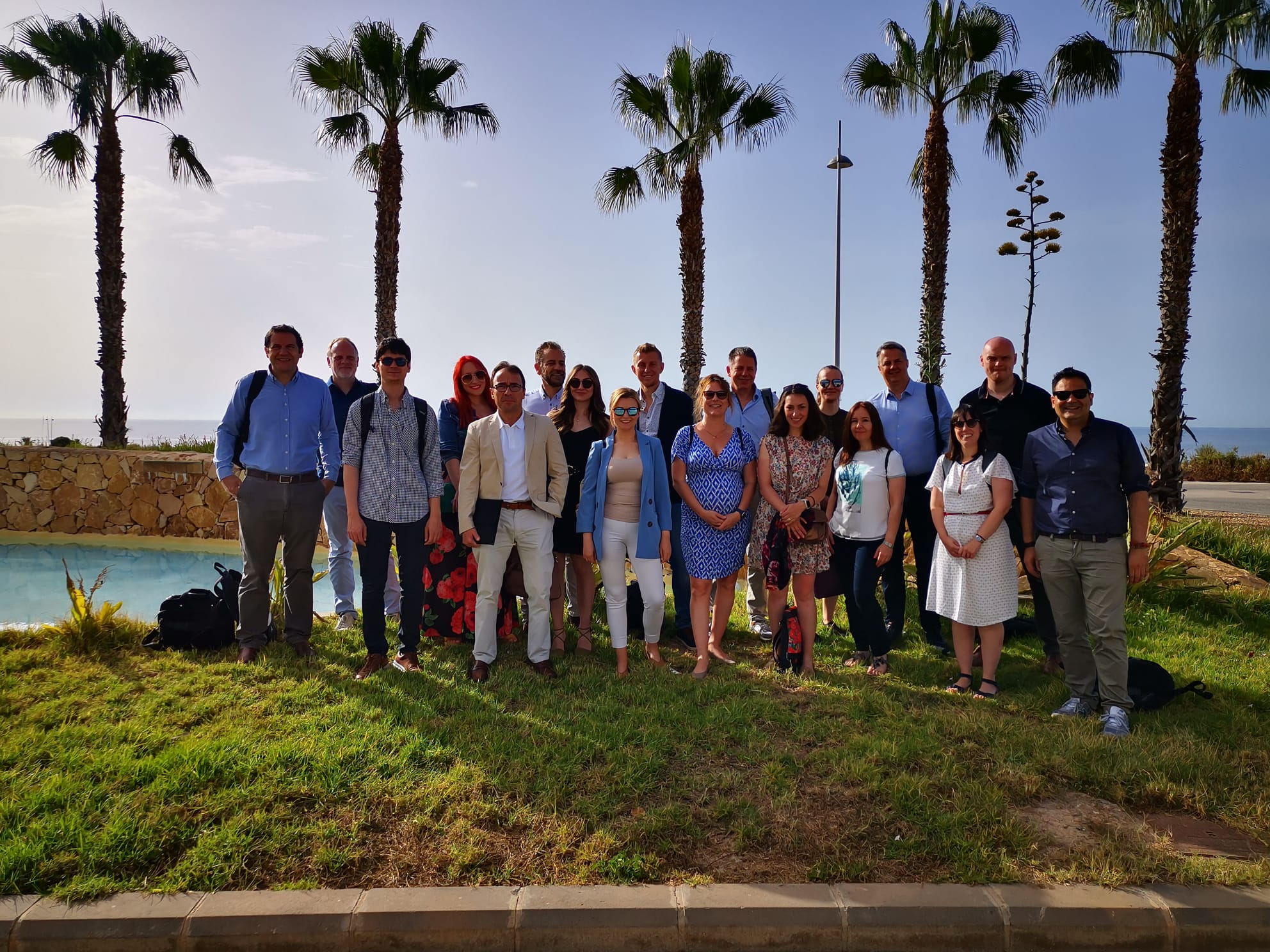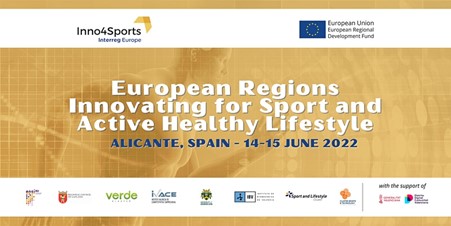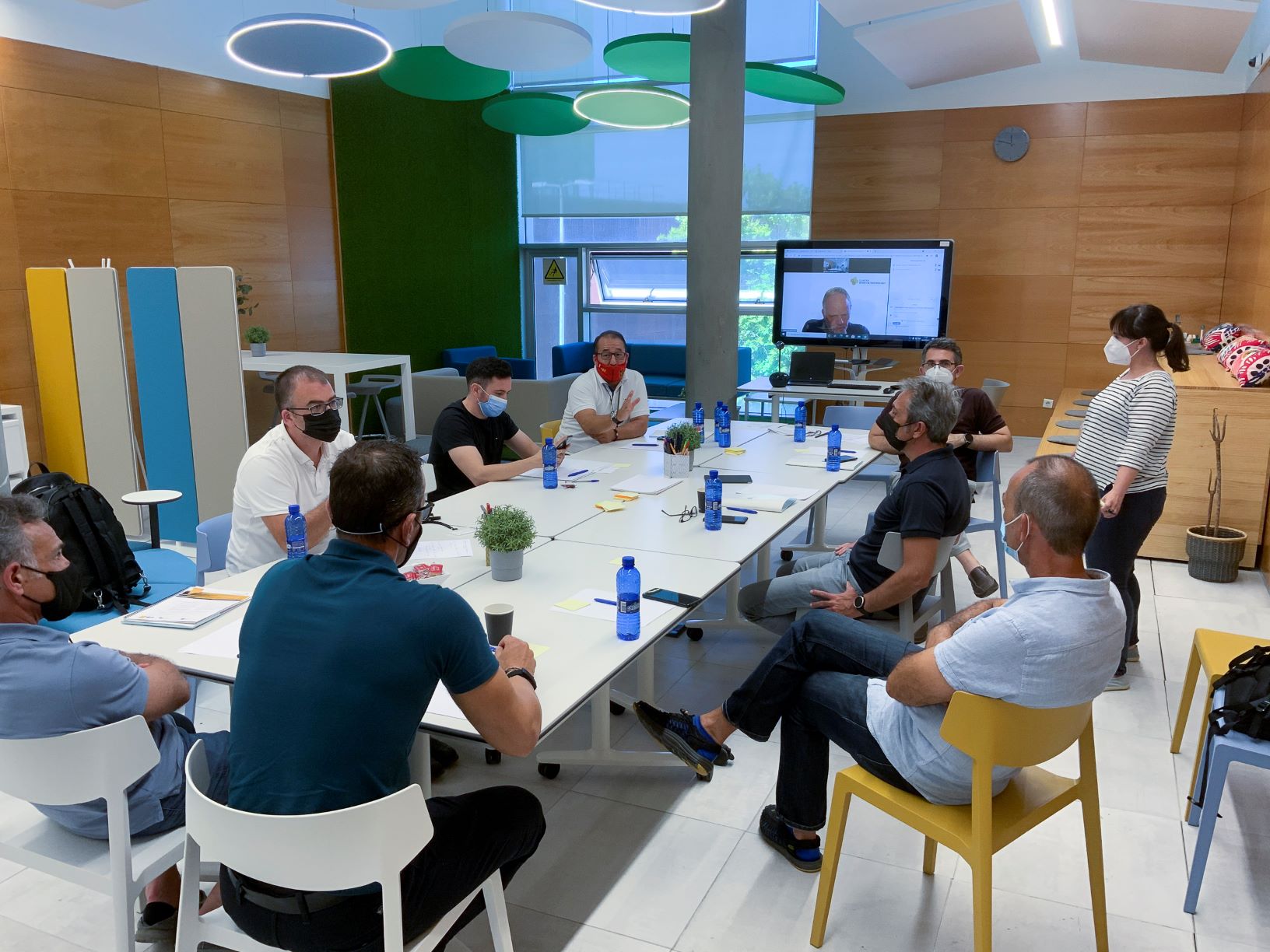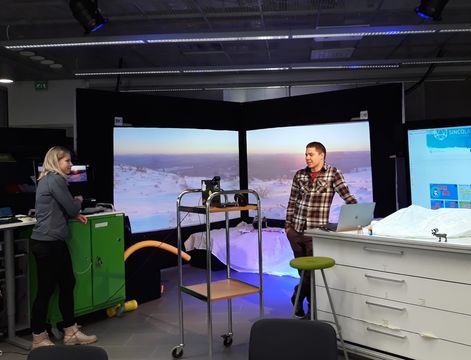Alberto Talavera is a manager and researcher in innovation and strategy. For the past 20 years he has been in the world of management of sports facilities - managing the Valencia Tennis Club for more than 12 years. Alberto teaches at the Universitat Politècnica de València (UPV), European Sport Business School and INEDE Business School. Nowadayas Talavera is the head of Comparte Deporte, a company which share personalised solutions to improve sports project for any organization.
Valencia is launching its new Sports Strategic Plan - an initiative of the Valencia City Council – to analysis and reflect on the current situation of the practice of physical activity and sport in the city whilst proposing strategic action measures for relevant stakeholders to cooperate. Sports services have to be useful both to the entity that promotes them and to the society that surrounds it. That is why it is needed a team of professionals specialised in the management of sports facilities whose experience and training allow to offer a wide range of resources, ideas, and innovative solutions.
1.- From your long experience in managing sports clubs, what are the main lines of technological innovation that can change the future of clubs? The increasingly globalised society needs managers and middle managers who understand the dynamics of an increasingly professionalised and competitive market and anticipate the changes. Sport can hardly prosper, if it cannot provide an adequate and quality service, if it cannot manage a sports club, if it cannot meet citizen demands on sport, if it does not have prepared, qualified and permanently updated personnel. Hence, the first element of innovation would be training and retraining in the latest technologies. Sport is capable of generating enormous benefits for society, through the values it gives off and it is a very powerful means of social cohesion and integration. All the communication tools that come from the club and that promote cohesion and communication among members are very interesting together with the “servuction” process that occurs in a club facility. Hence, any innovation that helps to be more efficient in the facilities also helps.
2.- How do you think a sports club like a tennis, sailing or golf one can contribute to innovation in sport? Depending on the degree of professionalisation and the time they have been managing the club in a professional manner, the dialogue will be easier so that they can provide innovative measures. Hence, training and knowledge of the sector by the leaders definetely determines the organization's contribution to innovation.
3.- You have a proven and extensive experience in managing sports clubs in Valencia. In your opinion, what strengths and opportunities does Valencia have to become a leading region in sports innovation? According to data from the latest yearbook of sports statistics published by the High Council of Sports, Spanish sports practice is one of the highest and well above the European average. A clear example of this is the Valencia Marathon and its partecipation due to the climate, the great variety of sports facilities, companies and associations and the high number of high-level professionals linked to sport and sports tourism. These are some of the fundamental axes for growth in sport.
4.- What measures, instruments, policies ans so on could the different administrations deploy to exploit this potential? Initiatives such as that of the City Council - updating of the Valencia Strategic Sport Plan - are the best way to unite all the actors in the sports field and generate important projects that help the city. Public-Private collaboration is also essential to optimize the city's great human and physical resources.
5.- Finally, thinking about cooperation with other European regions, what possibilities do you find most interesting to promote transregional projects? The European Chart of Local Autonomy, approved in 1985 and ratified in 1988, in article 4.3 states: “the exercise of public powers should, in general, preferably be the responsibility of the authorities closest to the citizens". This principle, known as the "subsidiarity principle" "governs the distribution of powers between the State, the Regions and the Cities" and aims "to guarantee that public services depend on the administrative level closest to the population to achieve their greatest effectiveness.” The measures to make this improvement possible could develop association between public authorities and the associative sector while maintaining independence, develop clear legal-fiscal frameworks for associations/foundations and guarantee adequate training to the associative sector through Congresses or International Courses.









